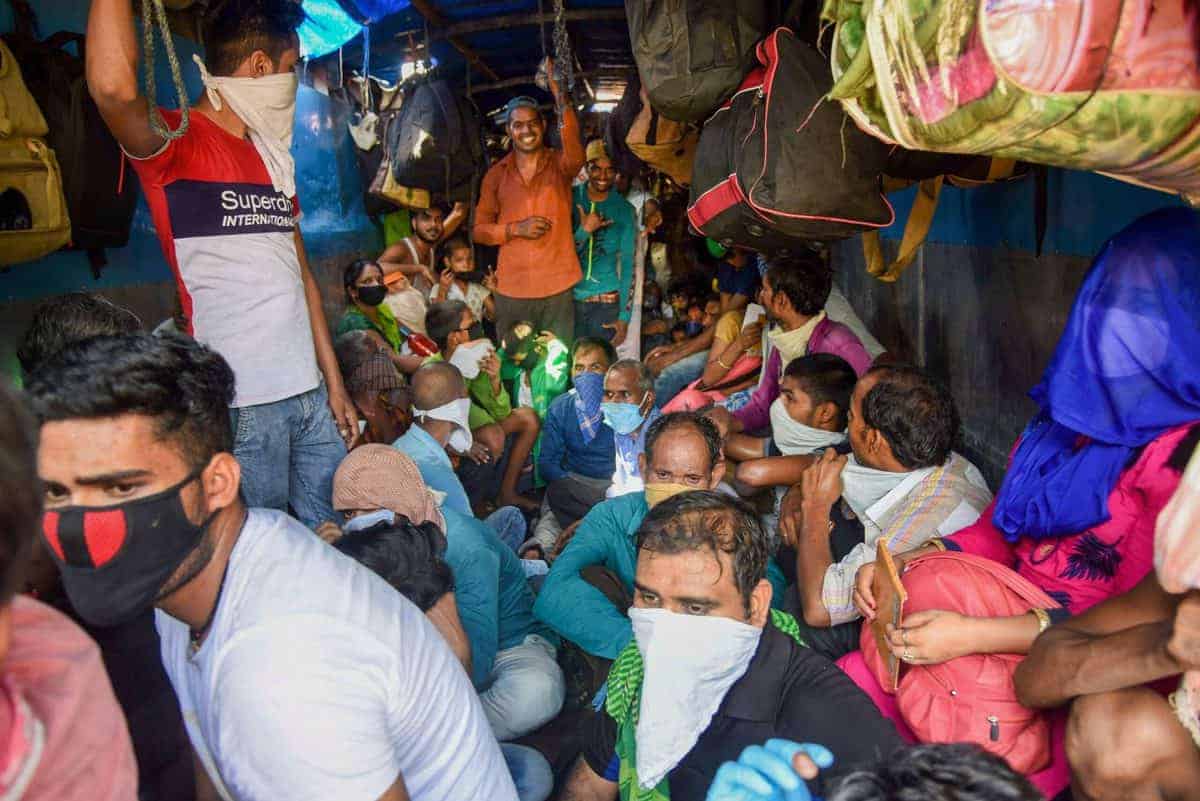Mumbai: It was on March 17 that Maharashtra notched the first COVID-19 death of a 64-year old man who died at the Kasturba Hospital in Mumbai, sounding the first alarm for the state health authorities.
Exactly 60 days later, the state death toll has zoomed from 1 to 1,135 — or a rough average of 19 deaths per day.
In Mumbai, since the first death, the figure of fatalities has touched 696 — or an average of around 11 deaths per day.
In terms of the spread, the state has shot up from only 2 cases on March 9 to 30,706 today — a staggering average of 438 cases per day in the past 70 days.
Barely 72 hours before the first death (on March 17), the state had invoked the Epidemic Diseases Act, 1897 (March 13) and the next day framed ‘The Maharashtra COVID-19 Regulations, 2020’ (March 14).
The following day, March 15 onwards, the state had already lapsed into a partial precautionary lockdown — confident of grabbing the invisible Coronavirus by the horns — followed by ongoing extensions to reach Lockdown 4.0 today.
By March 31, during lockdown first phase, the state recorded 10 deaths; 302 patients and Mumbai 7 deaths; 151 patients.
Till the second lockdown, by April 15, the state notched 187 deaths with 2,916 cases and Mumbai had 114 deaths and 1,896 patients.
As the third lockdown was on by April 30, the state recorded 459 deaths with 10,498 patients and Mumbai had 290 deaths and 7,061 cases, including around a dozen police personnel to date.
There are also some silver streaks — 7,088 patients recovered fully and went home, while the state’s death rate which at one point ranked the highest in the world, has now come down to nearly half the global averages, and closer to the national average.
On May 1, COVID-19 had spread its deadly tentacles to all 36 districts in the state and by May 17, Mumbai had already become the country’s Corona capital with 696 deaths and 18,555 cases, besides Maharashtra’s 1,135 fatalities and 30,706 patients.
Besides Mumbai, the other worst-hit are Pune Division with 212 deaths (4,149 cases), Nashik Division with 78 fatalities (1,256 cases), Thane-Raigad with 72 deaths (4,638 cases).
Next are Akola Division with 28 fatalities (466 cases), Aurangabad Division with 26 deaths (966 cases), Kolhapur Division with 5 fatalities (173 cases), Latur Division with 5 deaths (101 cases), and Nagpur Division 3 fatalities and (361 cases).
In the BrihanMumbai Municipal Corporation (BMC) jurisdiction, the worst-hit is Asia’s biggest slum, Dharavi and surroundings of Dadar and Mahim (G/North Ward) with the largest chunk of over 1,300 cases.
Then, it is the Worli-Prabhadevi area (G/South Ward) with over 1,200 cases, Byculla and vicinity (E Ward) with more 1,100 cases, Andheri West (K/West Ward) with over 1,000 and Wadala-Antop Hill-Matunga (F/North Ward) with more than 1,000 cases.
The spiraling cases and increasing deaths sparked panic, especially among the migrants, estimated around a million in Mumbai and suburbs, with many choosing to flee the city to safer environs in their home states Gujarat, Rajasthan, Haryana, Uttar Pradesh, Bihar, West Bengal, Jharkhand, Madhya Pradesh, Chhattisgarh, Telangana and Karnataka.
The state government, BMC along with the private sector, is in a race to keep pace with the growing casualties by taking over every available space to be used as quarantine facilities.
At least 4 huge Wuhan-type hospitals are springing up in Goregaon’s NESCO, Bandra Kurla Complex, the National Sports Club of India and Wankhede Stadium, and another nearly 200 facilities created in various locations for coronavirus patients.

